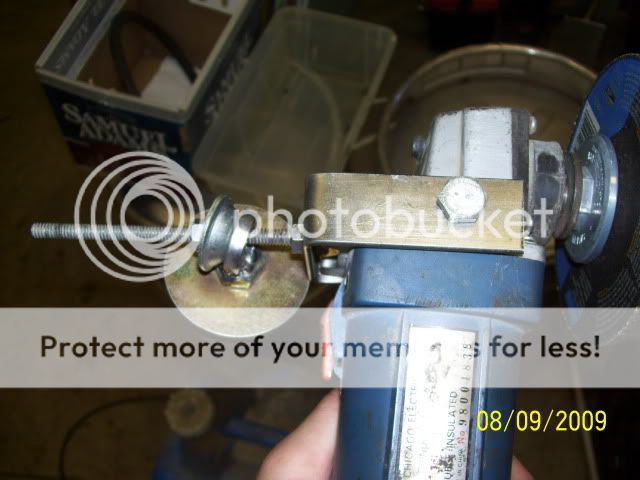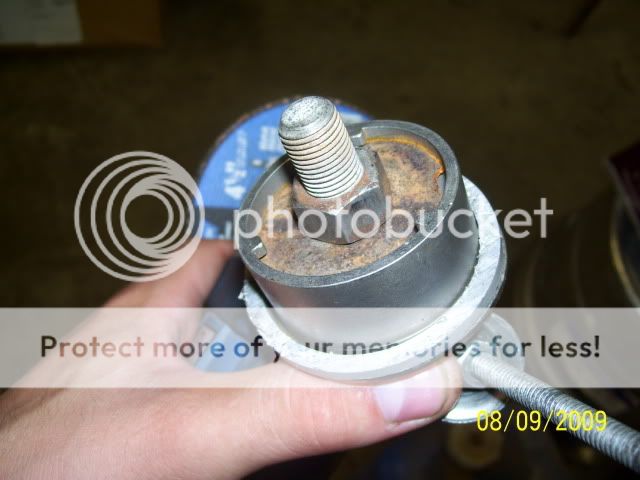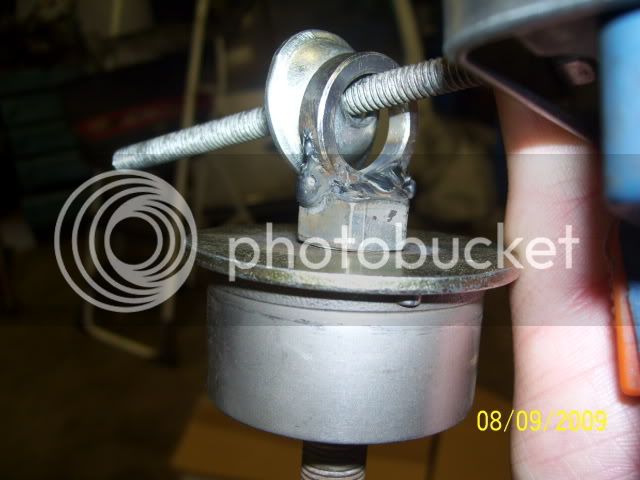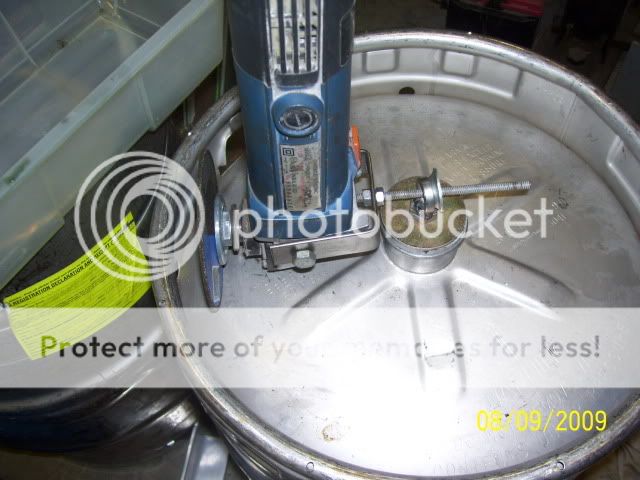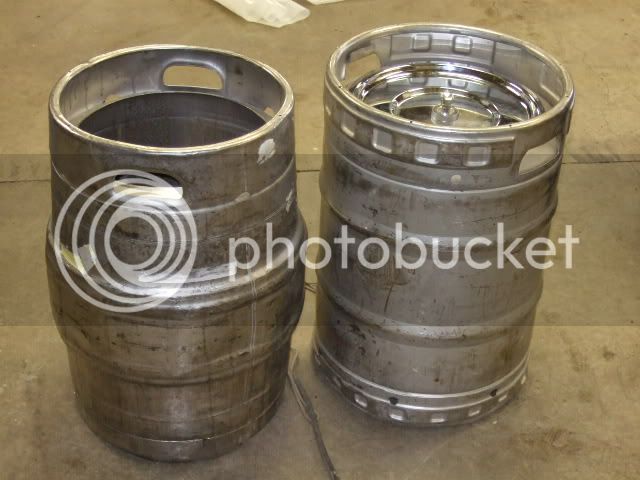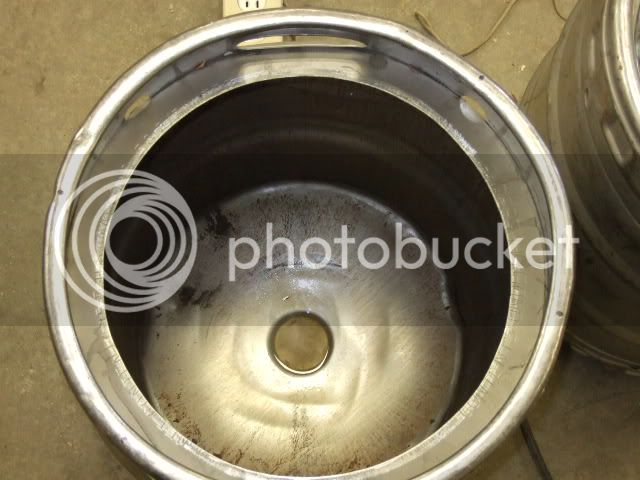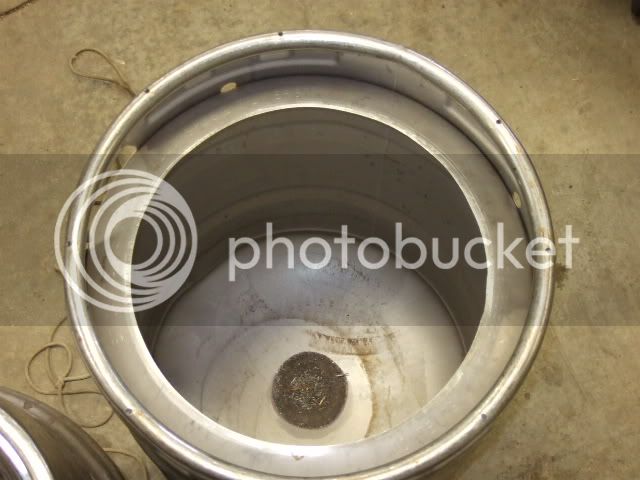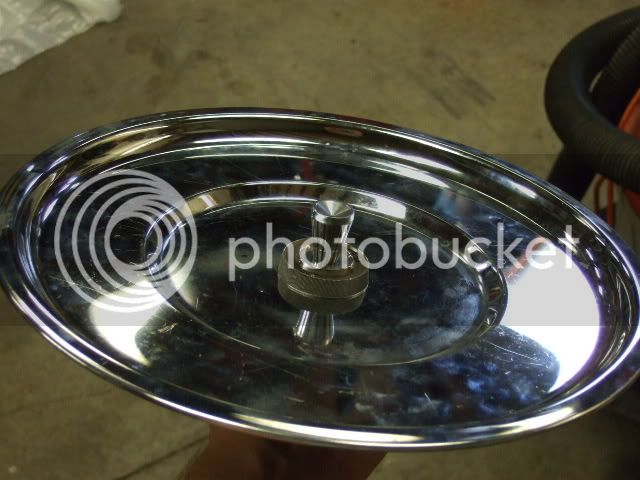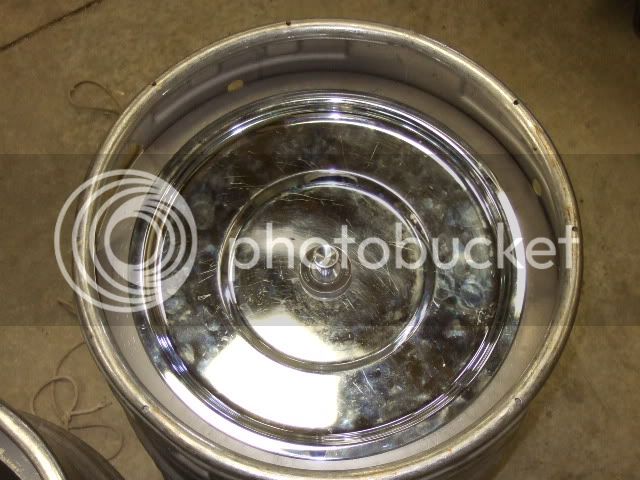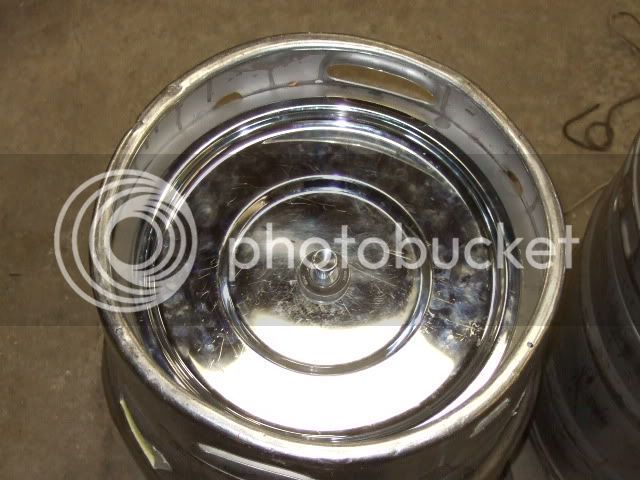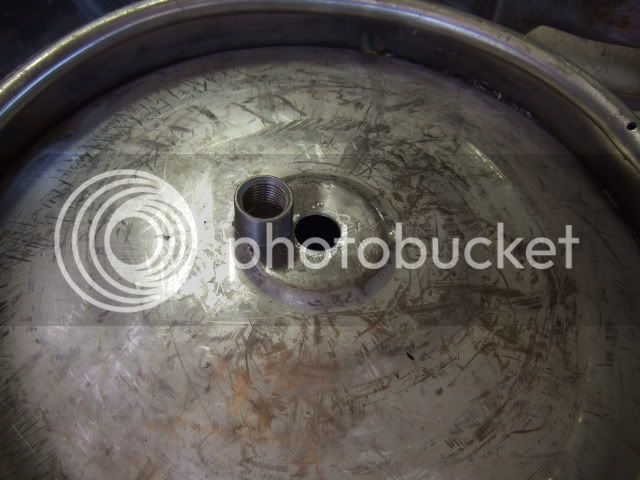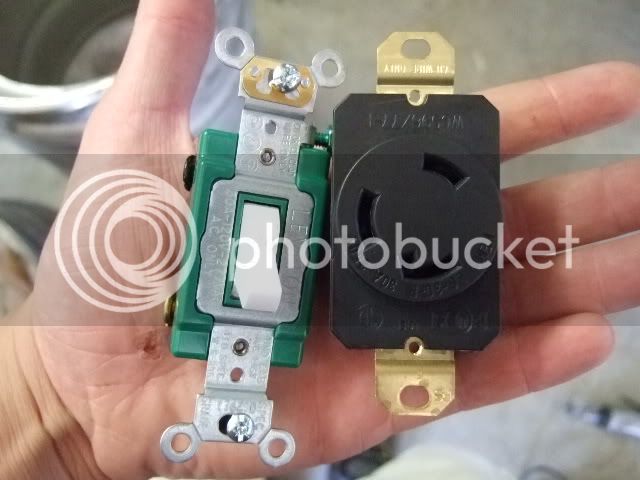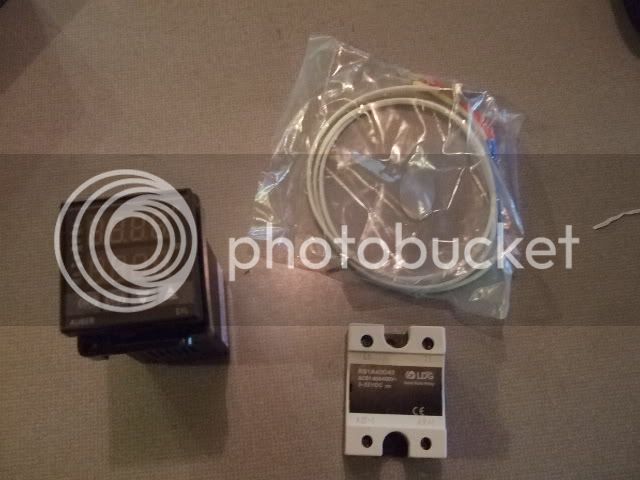GC89
Well-Known Member
Im making the jump to all grain so I thought I would share it all with you and hopefully gain some insight from those who have already been there.
At this stage things will be kept simple, mobile and storable. I am in college so this system needs to stay be able to be tucked away at my parents house and brought out on my brew weekends
I am going with a two keggle system. The first will be the HLT using a 5500W ULD element and THIS PID (anyone have experience or imput on this pid?). The second keg will be the MLT which will be drained and sparged through back into the HLT which will then be used as a BK. I am planning on having both drain fittings located at the bottoms of the kegs. Still debating on going weldless or saving some money and welding fittings on. I have yet to see a weldless kit to install an element so that may make up my mind for me. If anyone has cheap sources for weldless or weld on stainless fittings, valves, ect I would appreciate it.
Pics up tomorrow
At this stage things will be kept simple, mobile and storable. I am in college so this system needs to stay be able to be tucked away at my parents house and brought out on my brew weekends
I am going with a two keggle system. The first will be the HLT using a 5500W ULD element and THIS PID (anyone have experience or imput on this pid?). The second keg will be the MLT which will be drained and sparged through back into the HLT which will then be used as a BK. I am planning on having both drain fittings located at the bottoms of the kegs. Still debating on going weldless or saving some money and welding fittings on. I have yet to see a weldless kit to install an element so that may make up my mind for me. If anyone has cheap sources for weldless or weld on stainless fittings, valves, ect I would appreciate it.
Pics up tomorrow


